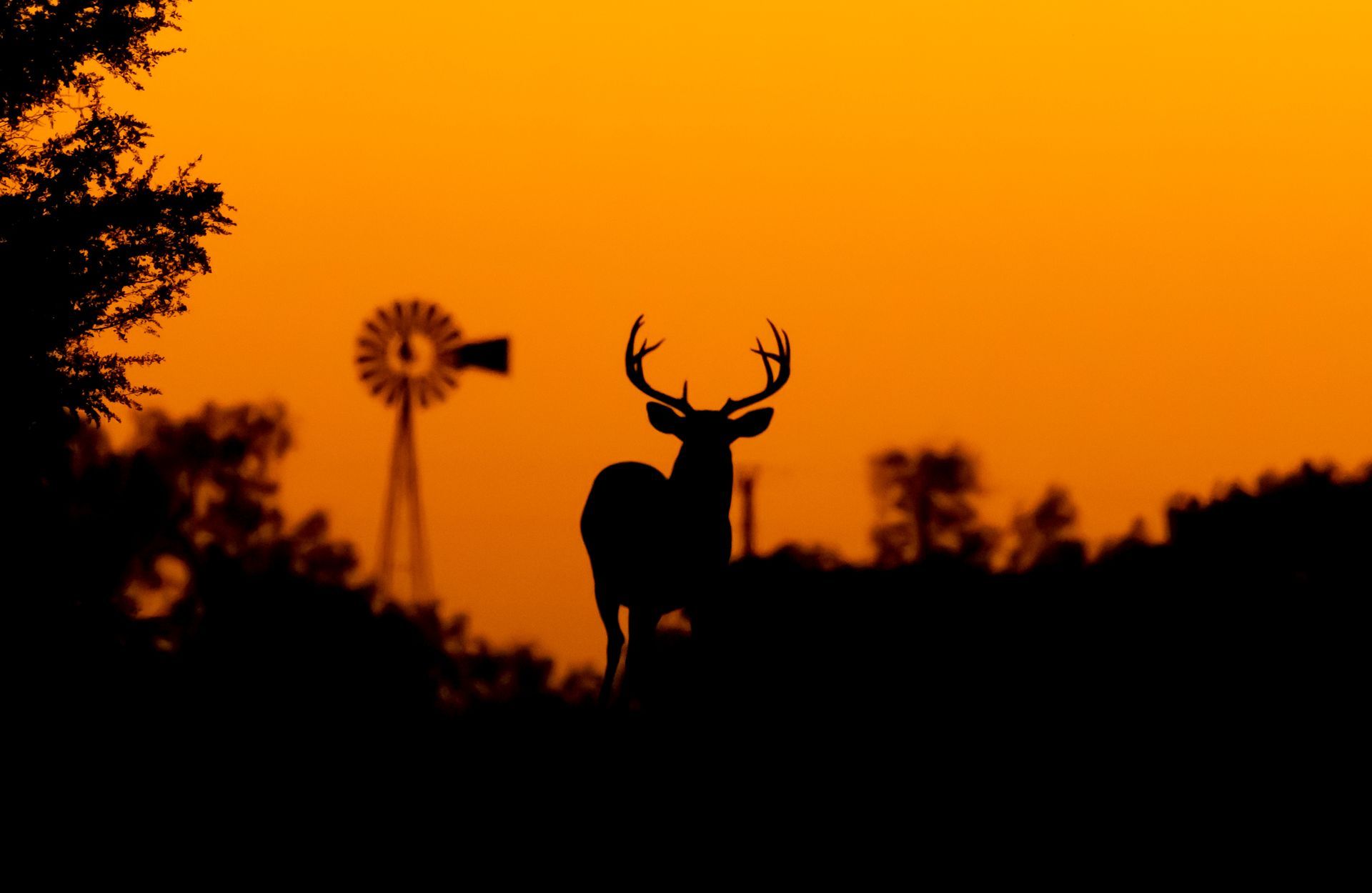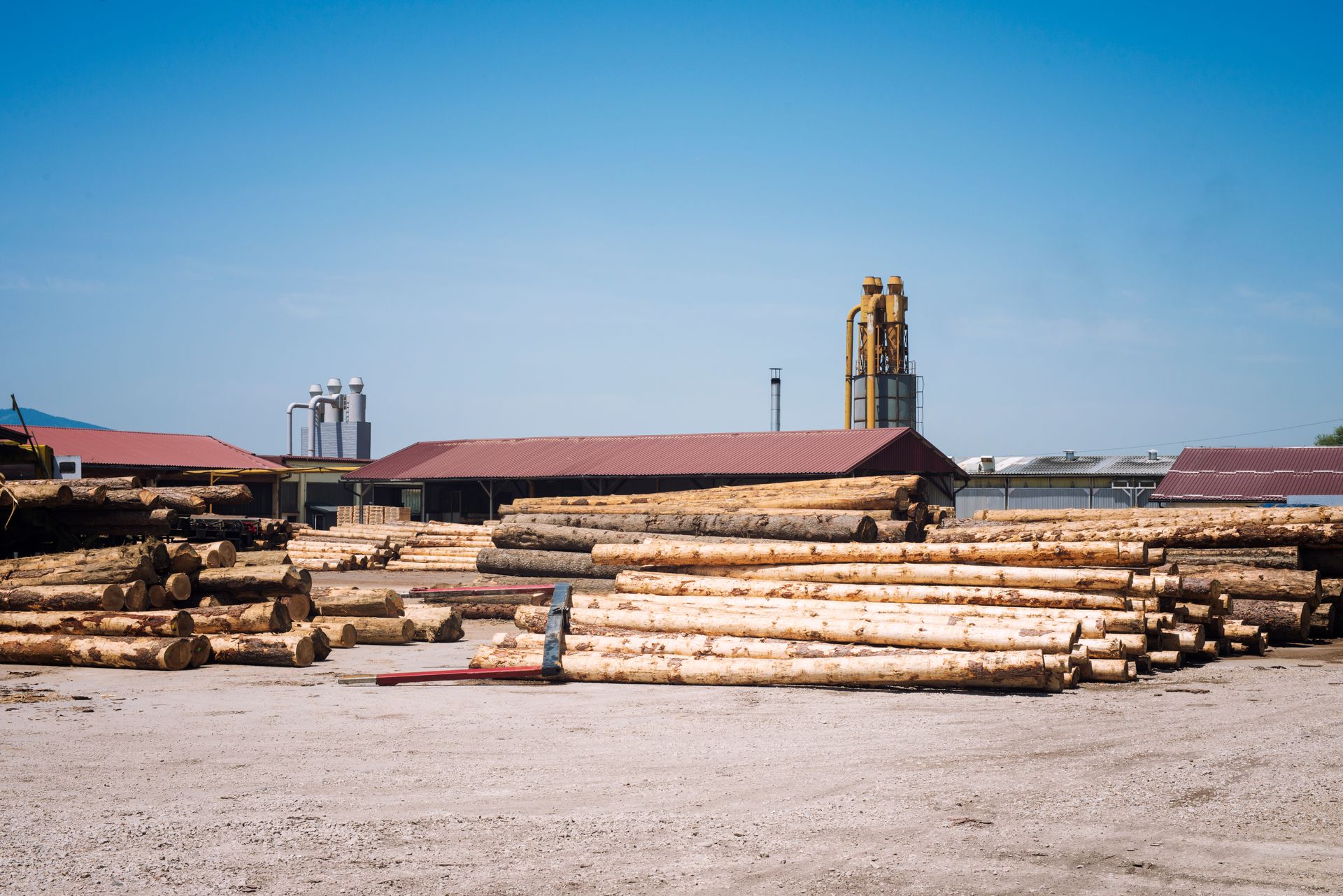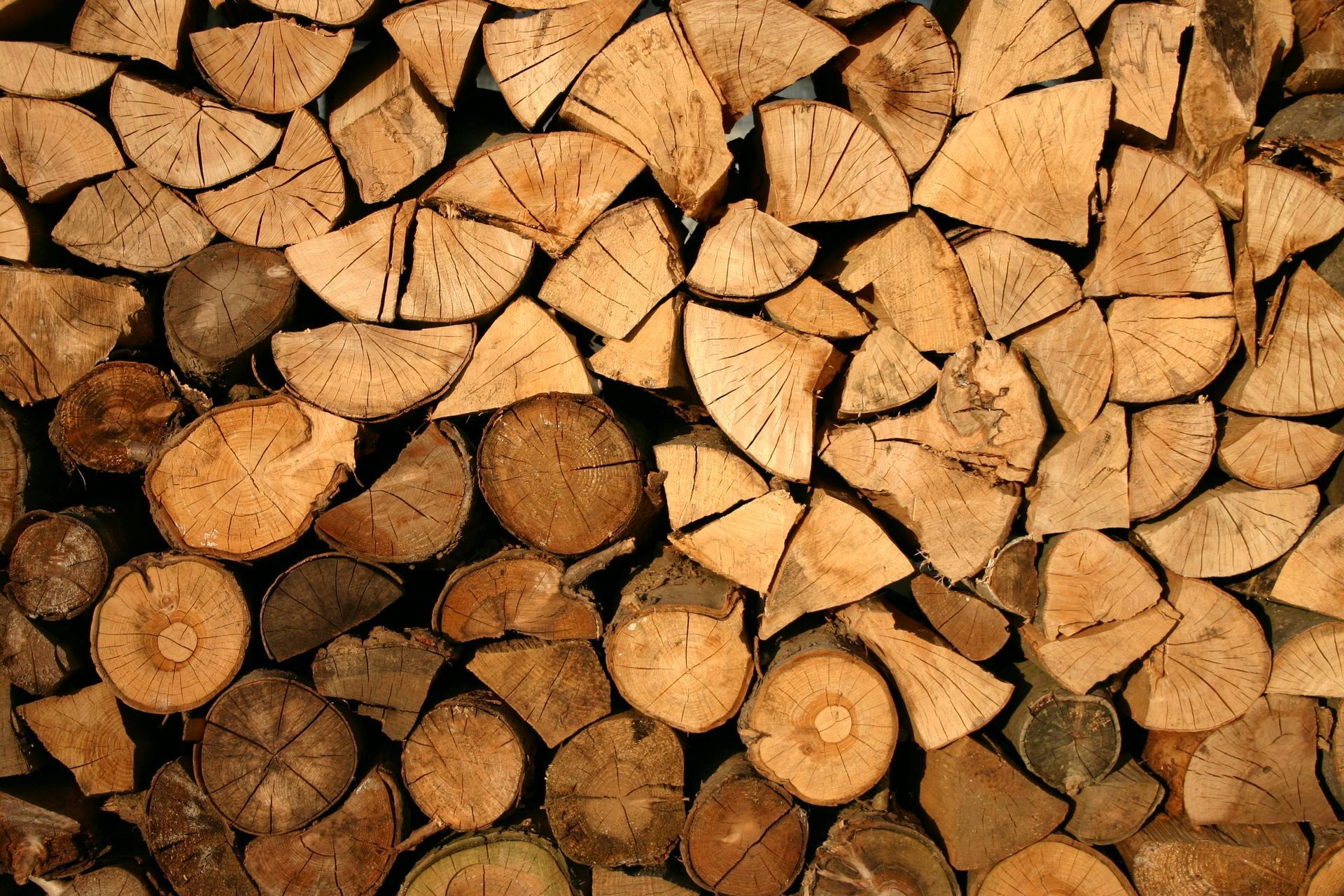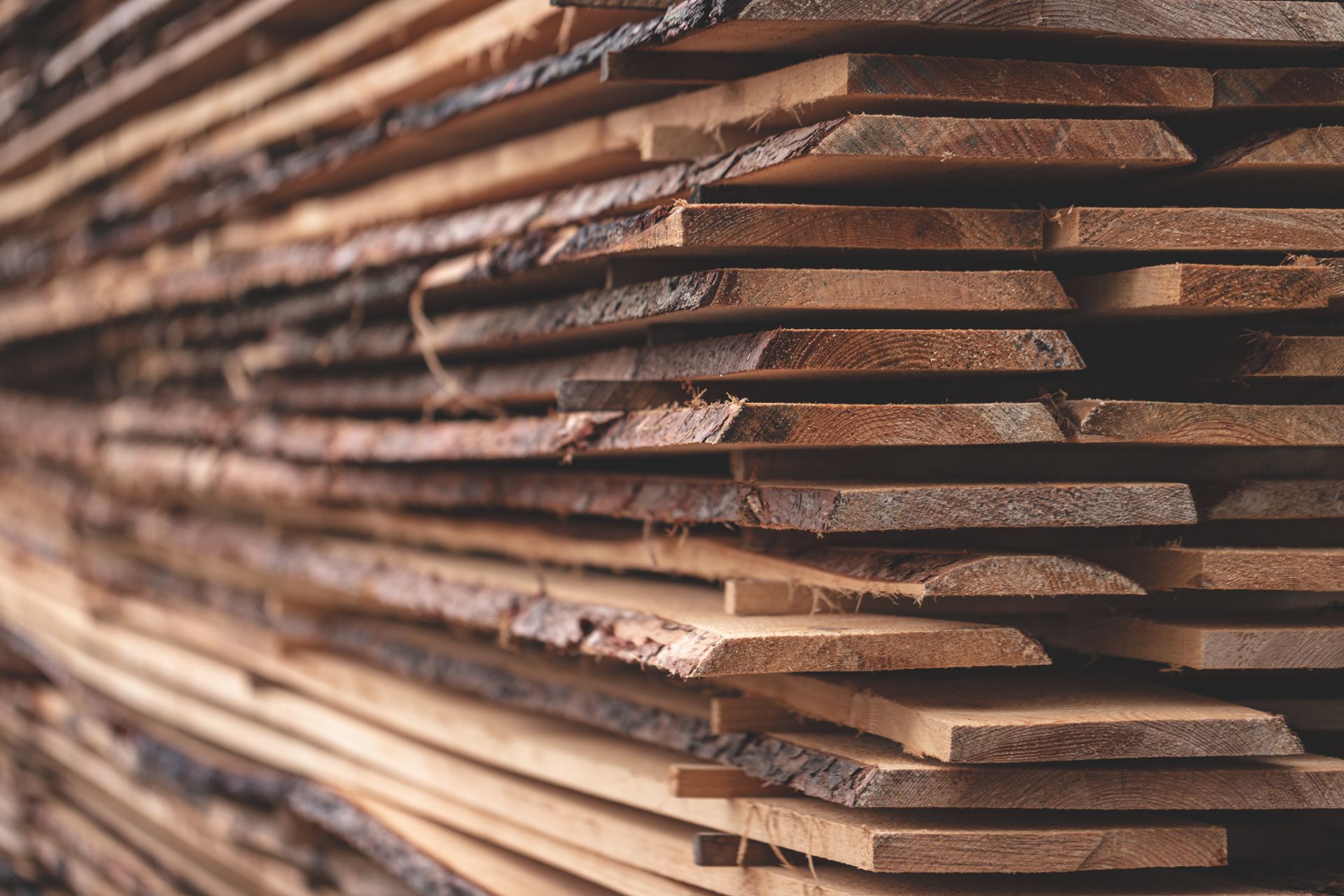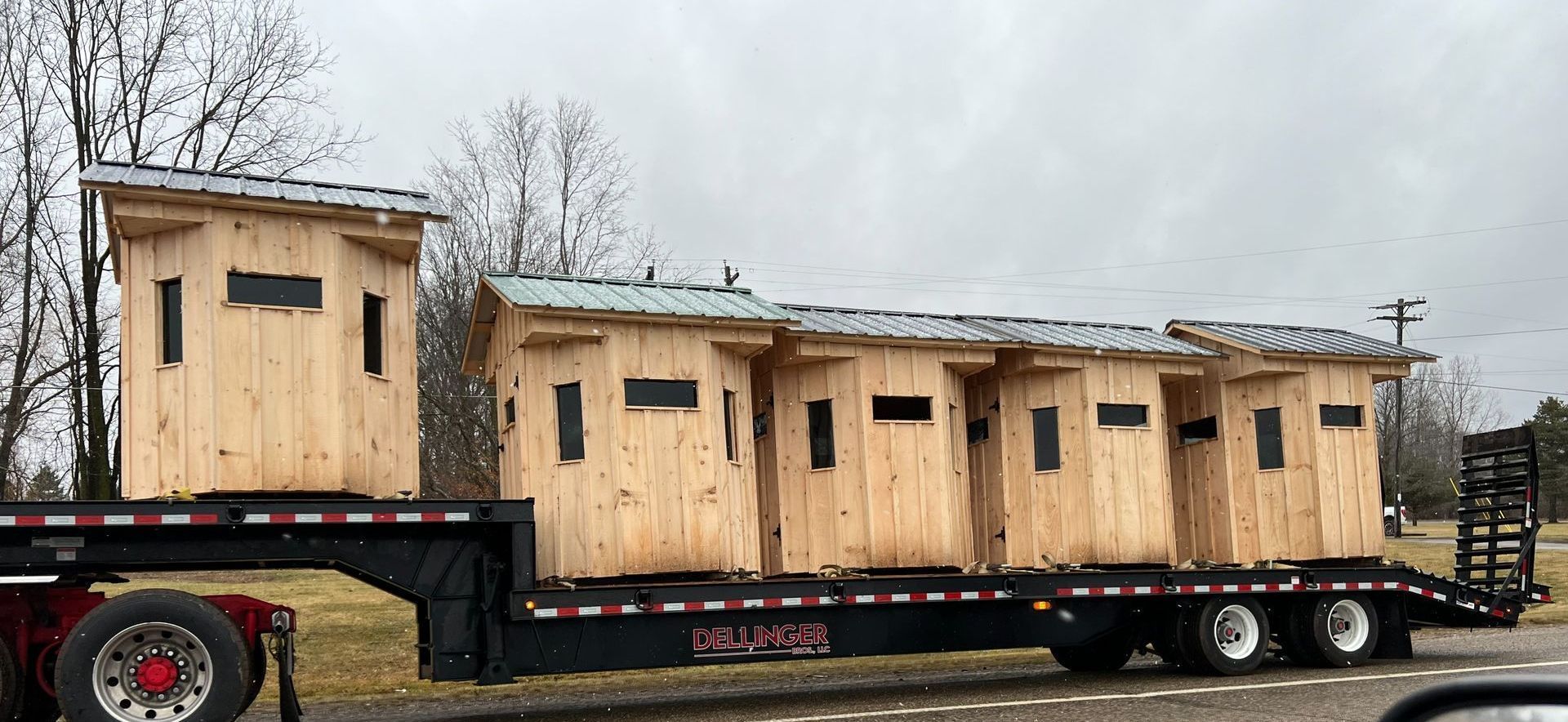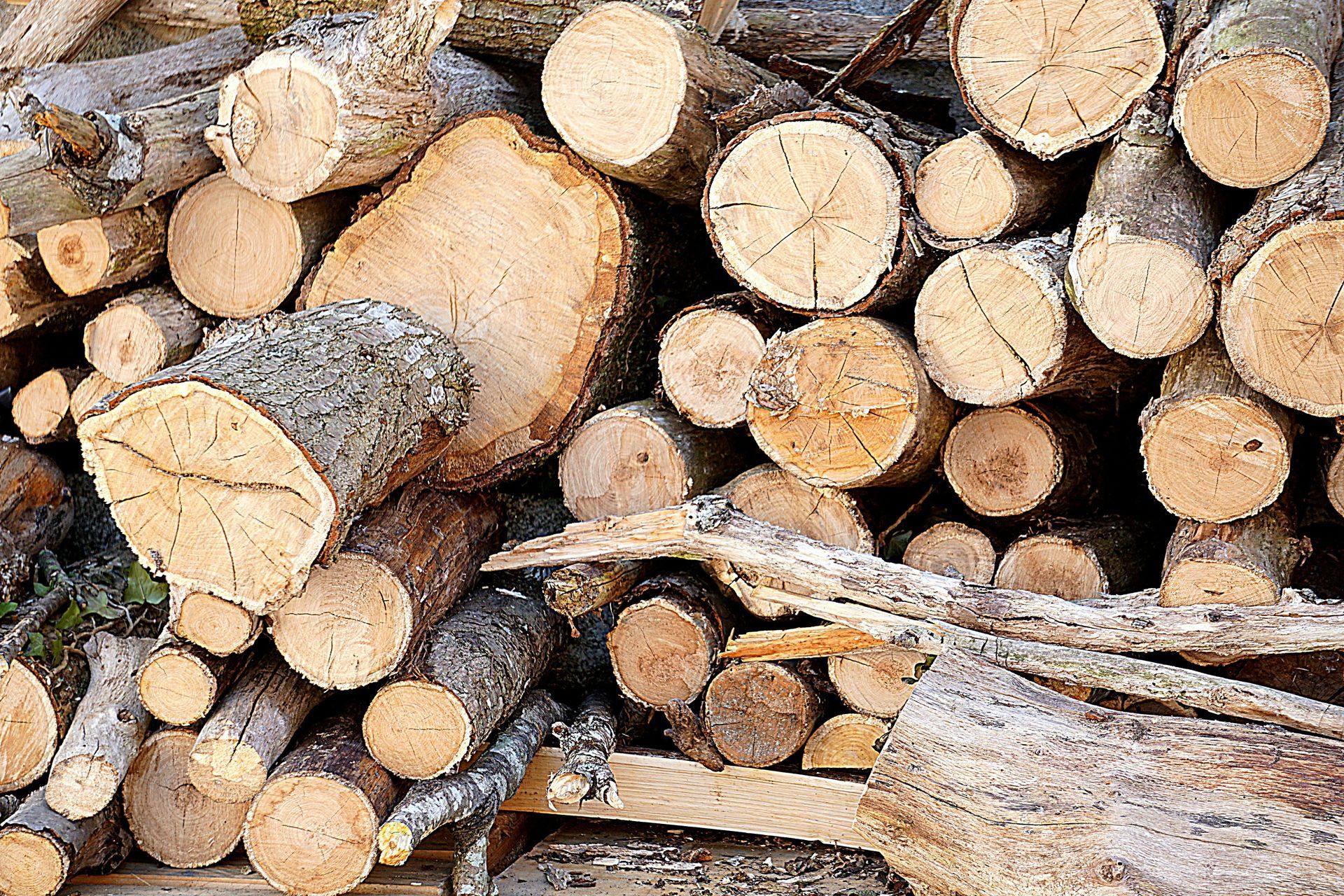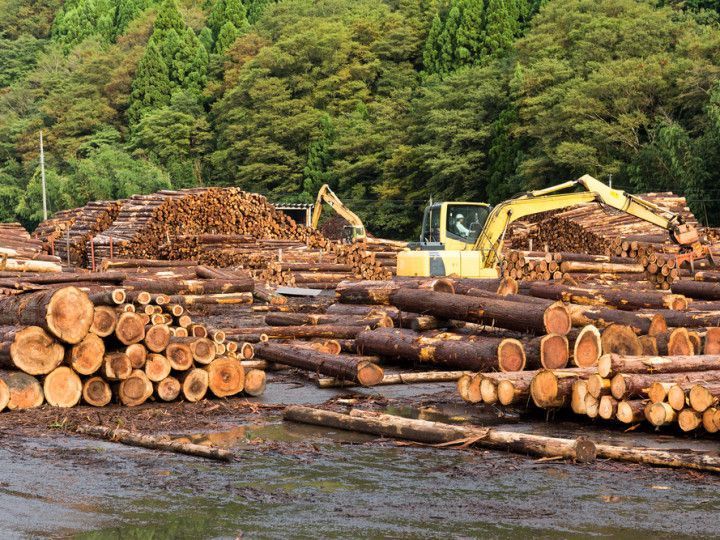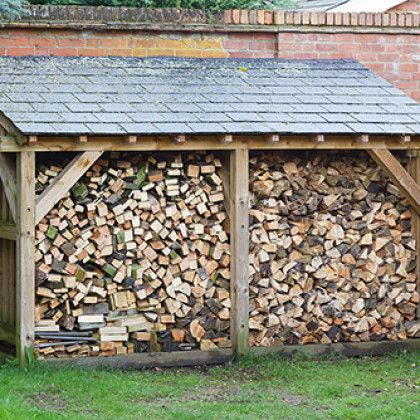Building Your Own Deer Blind: Tips for Constructing Custom Blinds for Hunting Season
Hunting season in Michigan is something many look forward to all year. The cool mornings, the crunch of leaves underfoot, and the excitement of spotting a buck make it a tradition worth keeping. But if you’ve ever tried to hunt without cover, you already know how challenging it can be. That’s where deer blinds come in.
A deer blind offers concealment, protection from the weather, and a comfortable place to wait for the perfect shot. Whether you’re sitting through a long, chilly morning or trying to stay hidden from a sharp-eyed whitetail, a good deer blind can make the difference between heading home empty-handed or filling the freezer.
Think of it this way: would you rather sit in the open, freezing and swatting mosquitoes, or enjoy a bit of shelter while keeping out of sight? Exactly. That’s why hunters all over Michigan invest in
the
best deer blinds each season.
City skyline
Planning Your Custom Deer Blind Build
Before you start sawing and hammering, planning is crucial. Building a deer blind is not just about putting up four walls and a roof. It’s about creating a space that helps you hunt more effectively while keeping you comfortable.
Here are a few key planning steps:
- Choose the Location: Where you place your blind is just as important as how you build it. Look for areas near feeding trails, bedding spots, or natural funnels where deer are likely to travel.
- Decide on Size: Will you be hunting solo or with a buddy? A single-person blind can be smaller and more portable, while a two-person blind gives you room for company or extra gear.
- Think About Height: Elevated blinds provide a better vantage point and help keep your scent above deer trails. Ground blinds, on the other hand, are easier to build and blend well with the environment.
- Gather Quality Materials: Strong, weather-resistant materials like
custom lumber ensure your blind lasts season after season. This is where working with a local sawmill really pays off.
Planning saves time, money, and frustration. Plus, it makes sure your blind is safe and effective when hunting season rolls around.
Step-by-Step Guide to Building Your Own Deer Blind
Once you’ve planned everything out, it’s time to start building. Here’s a general outline you can adapt to fit your design:
Build the Base
Start with a sturdy frame. If you’re elevating your blind, construct a platform with treated lumber and make sure it’s level. Stability is key—you don’t want a wobbly perch when the big buck walks in.
Construct the Walls
Use plywood or rough sawn wood for the walls. Cut openings for windows, making sure they’re wide enough for a clean shot but small enough to keep you hidden.
Add a Roof
A sloped roof is best for shedding rain and snow. Use durable materials that can handle Michigan’s weather without leaking.
Install Windows and Doors
Plexiglass or sliding panels work well for windows. A simple hinged door provides easy entry while keeping the blind secure.
Camouflage the Exterior
Paint your blind in natural colors or use brush and branches from the surrounding area to help it blend in. The less noticeable it is, the more effective it will be.
Building a deer blind is part construction, part creativity. Each hunter’s needs are different, which is why some prefer DIY projects while others look for
deer blinds for sale that are already built.
The Advantages of Custom Deer Blinds Over Store-Bought Options
Sure, you can buy ready-made deer blinds at outdoor stores.
But for many hunters, building a custom blind offers benefits that can’t be matched.
- Tailored Fit: Custom deer blinds are designed for your exact hunting spot. You control the size, shape, and window placement for maximum advantage.
- Cost-Effective: Store-bought blinds, especially the so-called “best deer blinds,” can be pricey. With a DIY project, you can often save money by sourcing lumber locally.
- Durability: Custom-built blinds tend to be stronger and longer-lasting, especially when made with quality lumber.
- Personal Satisfaction: There’s a certain pride in sitting in a blind you built yourself, especially when it helps you land that perfect shot.
Of course, if you’re short on time or don’t have the tools, buying a blind is still a good option. Many hunters in Michigan search for
deer blinds for sale in Charlotte, MI, and end up finding something that fits their needs.
Choosing the Best Deer Blinds for Charlotte, MI Hunters
Not every blind will suit every hunter. The best deer blinds are the ones that fit your style, environment, and goals.
In Charlotte, MI, hunters deal with a mix of open fields, wooded areas, and unpredictable weather, so choosing wisely is important.
- Ground Blinds: Great for mobility and quick setup. Best for hunters who change locations often.
- Elevated Blinds: Provide better visibility and help minimize scent detection. Perfect for open areas and consistent hunting spots.
- Permanent Blinds: Built to last for years in the same location. These are often larger, sturdier, and offer more comfort.
- Pop-Up Blinds: Lightweight and portable, but not as durable. Best for short-term use or hunters who move with the game.
The good news is, whether you want to build or buy, there are plenty of options for
deer blinds in Charlotte and the surrounding areas. The key is choosing the one that keeps you hidden, comfortable, and in the right spot for success.
Contact Potterville Sawmill in Charlotte MI for Custom Deer Blinds and Rustic Wood Products
If you’re ready to step up your hunting season with a durable, effective blind, Potterville Sawmill, LLC has you covered. We build high-quality deer blinds in Charlotte, MI, designed to fit your hunting style and withstand Michigan’s unpredictable weather. Call us today at (517) 231-7436 to learn more about our custom options and how we can help make your next hunting trip a success.
Along with deer blinds, we also provide rough sawn sheds, custom lumber, and firewood for sale throughout the area. Whether you’re preparing for hunting season or improving your property, Potterville Sawmill is your trusted local source for quality products.
FAQs
Is it cheaper to build a deer blind or buy one?
Building your own blind is often more affordable, especially if you source your lumber locally. Buying a blind is faster, but it can cost significantly more.
How tall should an elevated deer blind be?
Most elevated blinds range from 6 to 12 feet off the ground. The height depends on the terrain and how much visibility you need.
What is the best material for deer blinds?
Plywood and treated lumber are popular because they’re sturdy and weather-resistant. Many hunters also use rough sawn lumber for a rustic, durable finish.
How do you keep deer from spotting your blind?
Camouflage is key. Blend the blind into its surroundings with paint or natural brush, and avoid making noise or movements inside.
Where can I find deer blinds for sale in Charlotte, MI?
Potterville Sawmill, LLC offers custom deer blinds built for local hunters. You’ll get a blind designed for Michigan conditions and made with high-quality lumber.
